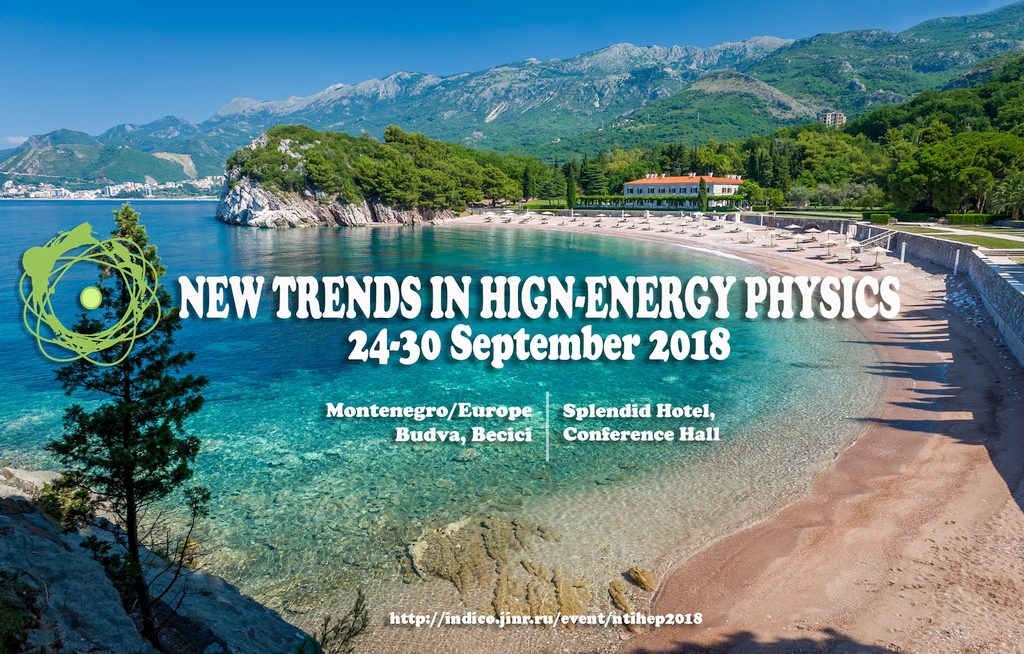Speaker
Dr
Cecilia Voena
(Istituto Nazionale di Fisica Nucleare)
Description
The MEG experiment took data at the Paul Scherrer Institute in the years 2009-2013 and published the most stringent limit on the charged lepton flavor violating decay $\mu \rightarrow e \gamma$: BR($\mu \rightarrow e \gamma$) $<4.2 \times 10^{-13}$ $@90\%$ C.L.
The MEG detector is currently being upgraded in order to reach a sensitivity of $\sim 5 \times 10^{-14}$, which corresponds to an improvement of one order of magnitude.
The basic idea of MEG-II is to achieve the highest possible sensitivity by making the maximum use ($7\times10^{7}$ muons/second) of the available muon intensity at PSI with an improved detector, since MEG ran at a reduced intensity ($3\times10^{7}$ muons/second) in order to keep the background at a manageable level.
The key features of the MEG-II are the increase of the rate capability of all detectors to enable running at the intensity frontier, and to increase the resolutions while maintaining the same detector concept.
A new mass, single volume, high granularity tracker, together with a thinner muon stopping target, will lead to better spatial, angular and energy positron resolution.
A new highly segmented timing counter will improve positron timing capabilities. The detector acceptance for positrons will be increased by more than a factor 2 by diminishing the material between these two detectors. The liquid Xenon calorimeter will have new smaller photosensors (VUV-sensitive SiPM) that will replace current phototubes and will improve in particular photon energy resolution. The status of the MEG-II detector and the current schedule will be presented.
MEG-II, together with the next generation charged lepton flavor violation experiments Mu3e ($\mu^+\rightarrow e^+e^-e^+$) at PSI and Mu2e and COMET ($\mu \rightarrow e$ conversion) at Fermilab and JPARK respectively, will reach an unprecedent sensitivity in the next five years. On the same time scale accelerator upgrades are expected that will provide muon beams with intensities of the order of $10^{10}$ muons/second. At this extremely high beam rates, new detector concepts should be adopted in order to overcome the accidental background. Some future directions will be discussed.
Author
Dr
Cecilia Voena
(Istituto Nazionale di Fisica Nucleare)

